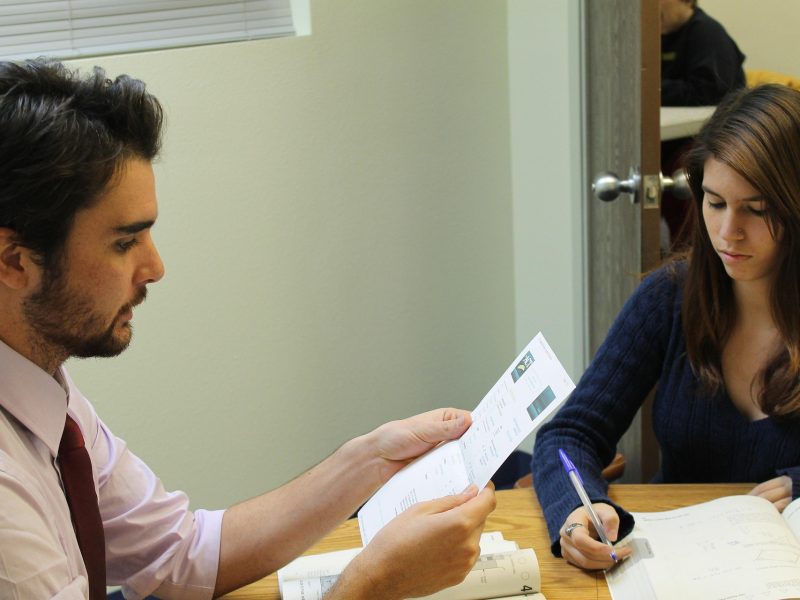The decision to send a child to boarding school is significant, often involving considerable research, financial planning, and emotional consideration. Once the decision to explore boarding options is made, the next challenge arises: how do you choose the right one? With hundreds of boarding schools across the country and globe, each with its unique mission, culture, and strengths, the selection process can feel overwhelming.
It’s tempting to focus solely on rankings or prestige, but experienced parents and educators emphasize that the most crucial factor is finding the right fit – an environment where a specific child will thrive academically, socially, and emotionally. For parents navigating this complex journey, and for teachers advising families, a structured approach is invaluable. This guide provides practical steps and key considerations for selecting a boarding school, helping you move beyond the brochures to find an institution that truly aligns with your child’s needs and your family’s values.

Step 1: Self-Reflection and Defining Priorities
Before diving into school websites and campus tours, the essential first step in selecting a boarding school involves introspection. What are you truly looking for, and more importantly, what does your child need? As Mercersburg Academy’s guide suggests, start by considering your child’s individual personality, learning style, interests, and goals. Is your child highly independent or do they thrive with more structure? Are they passionate about a specific academic area, sport, or art form? What kind of social environment suits them best – large and bustling, or small and intimate? Honest reflection on the student’s strengths, weaknesses, and aspirations is paramount.
Equally important is defining your family’s priorities and values regarding education. What pedagogical approaches resonate with you? How important are factors like diversity, religious affiliation (if any), single-sex vs. co-ed environments, or specific program offerings? Consider practicalities like budget and desired level of parental involvement. Having a clear understanding of your non-negotiables and desired outcomes will provide a crucial filter as you begin researching schools. This initial self-assessment, involving open conversations with your child (age-appropriately), creates a personalized benchmark against which potential schools can be measured.
Step 2: Casting a Wide Net – Initial Research
With your priorities defined, you can begin the research phase. Start broadly to get a sense of the landscape. Online resources like Boarding School Review, The Association of Boarding Schools (TABS), and niche educational consulting websites offer searchable databases and profiles of numerous schools. These platforms allow you to filter schools based on criteria like location, size, gender, religious affiliation, specialized programs (see
Nurturing Talent), and tuition ranges.
While online research is invaluable for creating an initial list, approach rankings with caution. High rankings don’t automatically equate to the best fit for your child. Focus on gathering information about each school’s mission statement, educational philosophy, curriculum details, student-teacher ratio, extracurricular offerings, residential life program, and college placement record. Look for schools whose stated values and programs align with the priorities identified in Step 1. Read school blogs, news sections, and student/parent testimonials (like those sometimes found on review sites or school websites) to get a sense of the school’s culture and community beyond the official marketing materials. Aim to narrow your initial broad list down to a more manageable number (perhaps 5-10 schools) for deeper investigation.
Step 3: Evaluating Key Factors – Digging Deeper
Once you have a shorter list, it’s time to delve into the specifics of each school, comparing them against your established criteria. Key factors to evaluate include:
- Academics: Look beyond course listings. What is the teaching philosophy? Is the curriculum traditional or progressive? What academic support systems (tutoring, learning centers, advisor programs) are in place? Consider the availability of AP/IB courses, specialized academic tracks (STEM, humanities), and the overall intellectual climate.
- Culture and Community: This is often about the school’s “feel.” Is it competitive or collaborative? Formal or informal? Diverse or relatively homogeneous? What is the structure of residential life (dorm size, supervision)? How does the school foster community and belonging? Consider the school’s values and how they are put into practice.
- Location and Size: Do you prefer an urban, suburban, or rural setting? How important is proximity to home for visits or travel? Consider the impact of school size on opportunities, social dynamics, and the level of individual attention.
- Extracurriculars: Does the school offer strong programs in your child’s areas of interest (athletics, arts, specific clubs)? Is participation mandatory? How are these activities integrated into the school day/week?
- Support Systems: Evaluate the resources available for student well-being, including counseling services, health center staffing, advisory programs, and college counseling support. How does the school handle discipline and student support?
- Cost and Financial Aid: Boarding school is a significant investment. Understand the full cost of attendance (tuition, fees, room, board, extras) and thoroughly investigate financial aid options, including deadlines and required documentation (FAFSA, CSS Profile, school-specific forms).
Gathering this detailed information often involves closely reading the school’s website, requesting viewbooks or information packets, and potentially making initial contact with the admissions office.
Step 4: The Crucial Campus Visit
Reading about a school is one thing; experiencing it firsthand is another. The campus visit is arguably the most critical step in determining boarding school fit. As emphasized by both Mercersburg and St. John’s Northwestern Academies, visiting allows you and your child to get a genuine feel for the school’s atmosphere, community, and physical environment. Schedule official tours and interviews through the admissions office.
During the visit, go beyond the standard tour. Attend a class if possible, eat lunch in the dining hall, observe student interactions, and perhaps watch an athletic practice or arts rehearsal.
Pay attention to the campus environment – is it well-maintained? Do students seem engaged and happy? Most importantly, talk to people. Engage with your tour guide (often a current student), ask questions during your admissions interview (get tips on
The Admission Process Demystified), and try to speak informally with other students and faculty members you encounter. Ask specific questions based on your priorities (e.g., “How accessible are teachers outside of class?” “What do students typically do on weekends?” “How does the advisory system work?”). Trust your intuition – does this feel like a place where your child could belong and thrive?
Step 5: Involving Your Child Meaningfully
While parents often drive the initial research, selecting a boarding school should be a collaborative process involving the student. Their buy-in and enthusiasm are crucial for a successful transition. Include your child in discussions about priorities, involve them in reviewing school materials, and ensure they actively participate in campus visits and interviews. Encourage them to ask their own questions and articulate their impressions.
Empowering your child in the decision-making process fosters ownership and helps them feel more prepared for the experience. Listen carefully to their feedback, even if it differs from your own initial assessment. A school might look perfect on paper, but if your child doesn’t feel a connection during the visit, it may not be the right fit. Ultimately, they are the ones who will be living and learning there.
Step 6: Making the Final Decision
After completing research and visits, gather all your information and impressions. Revisit your initial priorities. Discuss the pros and cons of each school openly as a family. Consider the academic offerings, the cultural fit, the available support systems, and the overall feeling you got from each campus community.
Trust your gut instincts alongside the data you’ve collected. Sometimes, the “right fit” isn’t easily quantifiable but is based on a feeling of connection and belonging. Once applications are submitted and acceptances received (often involving decisions about financial aid packages), make the final choice based on the best overall alignment with your child’s needs and your family’s goals. Remember, the goal isn’t just to get into a boarding school, but to find the right boarding school where your child will flourish.
Conclusion: A Journey to Finding Home
Selecting the right boarding school is a journey that requires careful planning, thorough research, open communication, and trusting your intuition. By starting with self-reflection, researching broadly before digging deep, evaluating key factors critically, prioritizing campus visits, and involving your child meaningfully, you can navigate the process effectively. Remember that the concept of “fit” is paramount – finding an environment where your child feels supported, challenged, engaged, and ultimately, at home. While the process can be demanding, investing the time and effort to find the right match lays the foundation for a transformative and successful boarding school experience, setting your child up for success in college and beyond.











